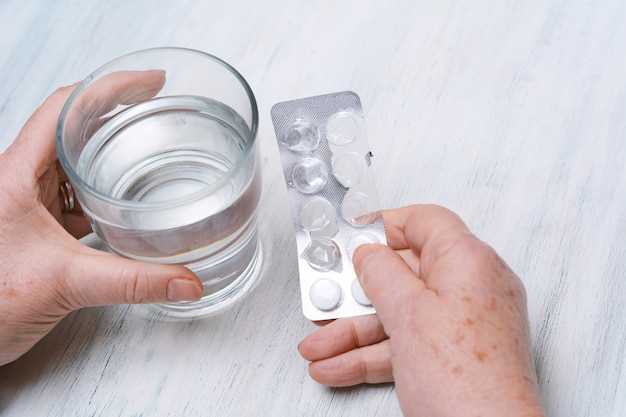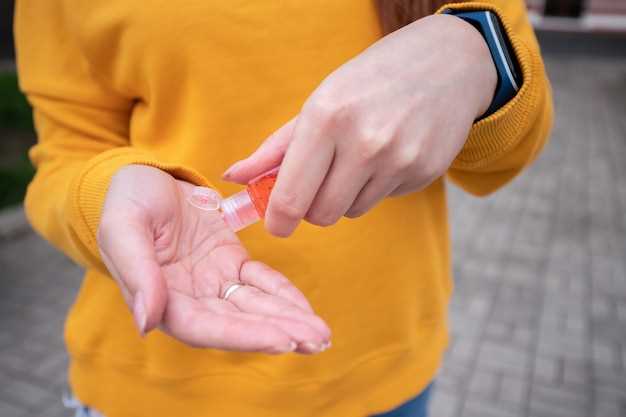
Metronidazole gel is a proven and effective treatment for a variety of sexually transmitted diseases (STDs). Whether you are dealing with trichomoniasis, bacterial vaginosis, or other infections, metronidazole gel can help alleviate symptoms and promote healing.
Don’t let STDs affect your health and well-being. Try metronidazole gel today and experience relief!
What is Metronidazole Gel?
Metronidazole Gel is a topical medication that is commonly used to treat skin infections, such as rosacea and acne. It belongs to a class of drugs known as nitroimidazoles, which work by stopping the growth of bacteria and reducing inflammation in the affected area.
Metronidazole Gel is available in various strengths and formulations, and is usually applied directly to the affected area of the skin. It is important to follow the instructions provided by your healthcare provider or pharmacist when using Metronidazole Gel to ensure the best results.
Metronidazole Gel is generally well-tolerated, but some common side effects may include dryness, itching, and redness at the application site. If you experience any severe or persistent side effects while using Metronidazole Gel, you should contact your healthcare provider for further guidance.
What is Metronidazole Gel?
Metronidazole Gel is a topical medication that contains the active ingredient metronidazole. It is commonly used to treat bacterial infections, such as bacterial vaginosis and other sexually transmitted diseases (STDs). Metronidazole Gel works by stopping the growth of bacteria and preventing them from reproducing, thus helping to clear up the infection.
Metronidazole Gel is a prescription medication and should only be used under the guidance of a healthcare provider. It is typically applied directly to the affected area, such as the vagina or skin, and should be used as directed for the prescribed treatment duration.
| Brand Name: | Metronidazole Gel |
| Active Ingredient: | Metronidazole |
| Usage: | Topical application |
| Indications: | Bacterial infections, including bacterial vaginosis and STDs |
| Mechanism of Action: | Stops bacterial growth and reproduction |
| Prescription: | Required |
Metronidazole Gel is generally well-tolerated, but some common side effects may include skin irritation, itching, and redness at the application site. It is important to follow the healthcare provider’s instructions carefully when using Metronidazole Gel to ensure the best possible treatment outcome.
How Does Metronidazole Gel Work?
Metronidazole gel works by inhibiting the growth of bacteria and parasites. It belongs to a class of medications known as nitroimidazoles, which have antibacterial and antiprotozoal properties. When applied topically, metronidazole gel penetrates the skin and disrupts the DNA of the microorganisms, leading to their death.
For STD treatment:
When used for the treatment of sexually transmitted diseases (STDs) such as bacterial vaginosis and trichomoniasis, metronidazole gel targets the specific pathogens causing the infection. It helps to relieve symptoms like vaginal discharge, odor, and itching by eliminating the harmful bacteria or parasites responsible for the STD.
Please consult a healthcare provider for a proper diagnosis and treatment plan before using metronidazole gel for STDs.
Treatment of STDs with Metronidazole Gel
Metronidazole gel is commonly used to treat certain sexually transmitted diseases (STDs), such as bacterial vaginosis and trichomoniasis. When applied as directed by a healthcare provider, metronidazole gel can effectively target and eliminate the bacteria or parasites responsible for these infections.
Metronidazole gel works by entering the bacterial or parasite cells and interfering with their DNA replication process, ultimately leading to their death. This mechanism of action makes metronidazole gel a potent treatment option for STDs caused by susceptible organisms.
It is important to strictly adhere to the prescribed dosage and treatment duration when using metronidazole gel for STDs. Failing to complete the full course of treatment may result in incomplete eradication of the infection and potential recurrence.
Before initiating treatment with metronidazole gel, it is essential to consult a healthcare provider for proper evaluation and diagnosis of the underlying STD. Additionally, informing the healthcare provider about any medical conditions or allergies is crucial to ensure the safe and effective use of metronidazole gel.
In conclusion, metronidazole gel is a valuable option for the treatment of specific STDs, offering a targeted and effective approach to combat bacterial and parasitic infections. With proper use and monitoring, metronidazole gel can help individuals recover from STDs and improve their overall health.
Effectiveness of Metronidazole Gel for STDs

Metronidazole gel is known to be effective in treating certain sexually transmitted diseases (STDs) such as bacterial vaginosis and trichomoniasis. When applied topically, Metronidazole gel can help eliminate the bacteria responsible for these infections, leading to a reduction in symptoms and an improvement in overall health.
Studies have shown that Metronidazole gel has a high success rate in treating STDs, with many patients experiencing relief from symptoms within a few days of starting treatment. It is important to follow the prescribed regimen and use the gel as directed by your healthcare provider to ensure maximum effectiveness.
Metronidazole gel works by targeting the DNA of the bacteria, disrupting their ability to replicate and survive. This action helps clear up the infection and restore a healthy balance of vaginal flora. In addition to its effectiveness in treating STDs, Metronidazole gel is generally well-tolerated and has few side effects when used correctly.
If you suspect you have an STD or have been diagnosed with one, talk to your healthcare provider about whether Metronidazole gel may be an appropriate treatment option for you. Remember to always follow the instructions provided with the medication and report any unusual symptoms or side effects to your doctor.
How to Use Metronidazole Gel
Using Metronidazole gel is simple and straightforward. Before applying the gel, make sure your hands are clean to avoid contamination. Follow these steps for proper application:
1. Wash your hands thoroughly with soap and water.
2. Gently cleanse the affected area with mild soap and water, pat dry with a clean towel.
3. Squeeze a small amount of Metronidazole gel onto your fingertip.
4. Apply a thin layer of the gel to the affected area and gently rub it in until it is absorbed.
5. Wash your hands again after applying the gel to prevent spreading it to other parts of your body.
6. Use Metronidazole gel as directed by your healthcare provider, usually once or twice a day.
7. Do not wash off the gel immediately after application, allow it to be absorbed by the skin.
8. Avoid getting the gel in your eyes, mouth, or nose. If accidental contact occurs, rinse thoroughly with water.
9. If you experience any unusual side effects or reactions to the gel, consult your doctor immediately.
Following these instructions will help ensure the effectiveness of Metronidazole gel in treating your condition.
Applying Metronidazole Gel
When applying metronidazole gel, it’s important to follow the instructions provided by your healthcare provider or the medication packaging. Here are some general guidelines for applying metronidazole gel:
1. Wash your hands before and after applying the gel to avoid contamination.
2. Gently clean and dry the affected area before applying the gel.
3. Squeeze a pea-sized amount of metronidazole gel onto your fingertip.
4. Gently massage the gel onto the affected area until it is absorbed.
5. Wash your hands again after applying the gel to prevent spreading the medication.
6. Follow any additional instructions provided by your healthcare provider.
Remember to use metronidazole gel as directed and complete the full course of treatment, even if you start to feel better before finishing the medication. If you have any questions or concerns about applying metronidazole gel, consult your healthcare provider for guidance.
Precautions and Side Effects

Before using Metronidazole Gel, it is important to take certain precautions:
| Precautions | Side Effects |
| Avoid contact with eyes or mucous membranes | Common side effects may include skin irritation, dryness, and redness |
| Do not use on broken or damaged skin | If severe irritation occurs, discontinue use and consult a healthcare provider |
| Avoid exposure to sunlight or UV rays while using the gel | Rare side effects may include allergic reactions such as rash or itching |
It is essential to follow the directions provided by your healthcare provider and to inform them of any allergies or sensitivities before using Metronidazole Gel.
